RESOURCES
Privacy & terms
Quality Policy
Water softeners
Our range of water softeners offers protection against the damaging effects of hard water
Evolve’s water softeners
Evolve’s water softeners are engineered to deliver reliable performance in demanding applications, ensuring treated water is optimally conditioned to protect downstream systems and infrastructure. Our range includes Simplex, Duplex, and Triplex configurations, designed to accommodate varying flow rates, redundancy requirements, and duty/standby arrangements. Each system is built with robust, industry-standard components to ensure long service life, ease of integration with existing plantroom services, and straightforward maintenance. A comprehensive selection of service parts and spares is also available to support long-term operational reliability.
IONIX-PUREFLOW 2910 SIMPLEX
IONIX-PUREFLOW 2910 DUPLEX
IONIX-PUREFLOW 3900 SIMPLEX
IONIX-PUREFLOW 3900 DUPLEX
Why choose us for softeners?
TAILORED SOLUTIONS
Effective softening solutions tailored to meet your unique requirements
EFFICIENT BY DESIGN
Our softeners are designed to minimise regenerant salt usage and water wastage
ENERGY SAVING
Our softeners combat limescale and can reduce energy consumption by up to 40%
SEAMLESS INTEGRATION
Our fully integrated skid-mounted package units are easy to install, whether as part of a new setup or a retrofit
SMART CONTROL
Enjoy fully automatic, state-of-the-art smart monitoring and controls, with remote monitoring options
COMPREHENSIVE SUPPORT
We offer complete service and maintenance backup, including bulk salt saturator units for hassle-free salt delivery
How water softeners work
Bulk salt saturators
We offer bulk salt handling systems for large water softener installations with a tanker salt delivery capacity of 8 to 40 tonnes. The salt saturator eliminates manual handling issues, making it a safer and more cost-effective option. Benefits include reduced costs for large users, no manual handling, and no plastic salt bag disposal.
Water softener applications

Commercial systems

Water supply

Hotels

Care homes

Healthcare

Building systems

Manufacturing

Food & beverage
The Evolve edge
At Evolve Water, we offer more than just water softeners; we deliver complete peace of mind. Our extensive technical expertise in water quality standards covers all areas, from domestic to commercial and industrial applications, guaranteeing that we have you covered regardless of your water supply. Our secret? A blend of cutting-edge technology and a comprehensive understanding of water purification and treatment systems. This allows us to tailor the perfect solution for your specific needs, water quality, and site conditions.







